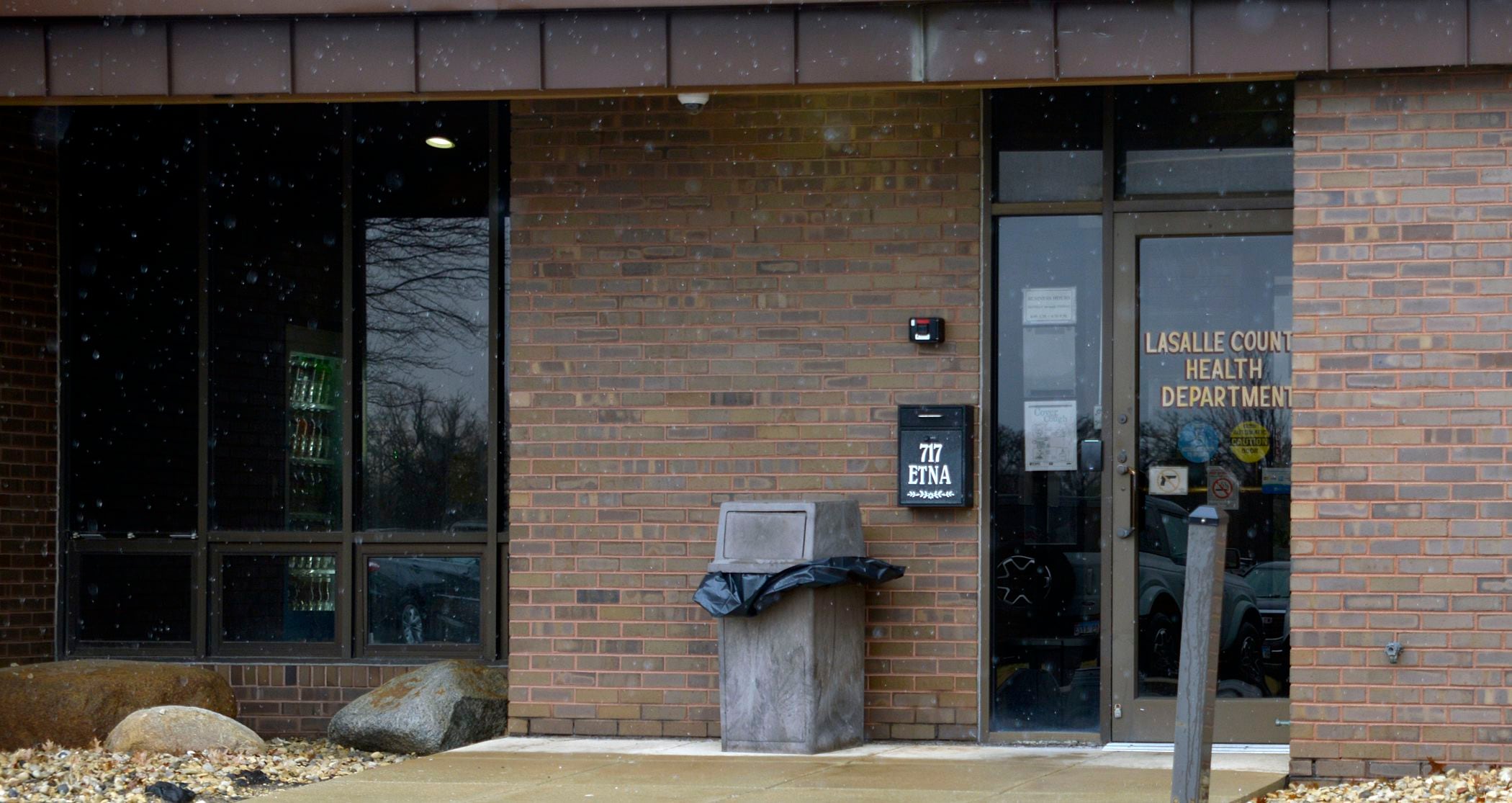A $150 million federal grant needed to kick off construction of the long-awaited Otay Mesa East Project border facility was finalized Tuesday in a new agreement that does away with environmental requirements set by the Biden administration. The funds will be used for the construction of the “state-of-the-art inspection facilities,” which will be operated by the U.S.
Customs and Border Protection, U.S. Department of Transportation officials said in a news release.

The Otay Mesa East border crossing project, which will accommodate both commercial and passenger vehicles, is slated for completion by the end of 2027. “This is the money we’ve been waiting for to be able to begin construction,” said María Rodríguez-Molina, director of megaprojects, border and goods movement for the San Diego Association of Governments, or SANDAG, which is sponsoring the project along with Caltrans. Construction of the inspection facility is expected to begin in the fall, she said.
The finalized grant is considered the first action the Trump administration has taken on the Otay Mesa East project. The new agreement removes the Green New Deal requirements set by the Biden administration, which included an electric vehicle charging station. Department officials called it “a waste of taxpayer funds and irrelevant to CBP’s national security mission.
” “Thanks to the prior administration’s lack of focus, this critical project sat in limbo for two years. No more. We moved to finalize this deal so we can help protect our southern border and crack down on drug trafficking while preventing tax dollars subsidizing pointless Green New Deal priorities,” U.
S. Transportation Secretary Sean P. Duffy said in a statement.
“This department will continue to clear the previous administration’s unprecedented grants backlog and deliver results.” Officials said the current administration inherited more than 3,200 unobligated grants “that had been promoted by the previous administration but never fulfilled.” At a Senate hearing earlier this month, Duffy said he would work through these announcements to get grant agreements “so we can build those projects.
” It was then that he first acknowledged that funding for the Otay Mesa East project was “ready to go.” The financial plan to build the next stage of the project, which includes the passenger and commercial port of entry facilities and tolling system, is funded in part by the $150 million from the Nationally Significant Multimodal Freight & Highway Projects, or INFRA program, $192 million from California’s Trade Corridor Enhancement Program and $15 million in local funds, SANDAG officials said at a board meeting in January. SANDAG will also finance $271 million through bonds.
Officials said the Otay Mesa East project was first awarded a grant from the INFRA program in September 2022. The Otay Mesa East border crossing, which will be constructed a few miles east of the current Otay Mesa Port of Entry, has faced a series of delays in recent years due to pending agreements with the federal government. The project was once expected to be up and running by late 2024.
In early January, SANDAG officials announced the terms of the deal, two years in the works, which lays out the roles of the agencies involved, such as CBP and the federal General Services Administration, related to the design, construction, ownership and management of the project. A donation acceptance agreement still needs to be finalized in order to break ground, Rodríguez-Molina said. That deal, expected to be in place in the next few weeks, will detail how the facility will be donated to the federal government once it’s completed, she said.
Unlike other ports of entry along the U.S.-Mexico border, Otay Mesa East will charge a toll in exchange for a border crossing time of no more than 30 minutes.
Toll revenue will be evenly split with Mexico, which is nearing completion on its side of the project. The toll price, which will be collected on the Mexican side, will fluctuate based on demand. The project is expected to generate $3.
7 billion in revenue for each country over the next 40 years, officials said. The previously announced agreement also sets out how the U.S.
share of toll revenue will be divided among the agencies involved to support operations and maintenance. The $1.3 billion Otay Mesa East project , which has been in the works for about 20 years, has already completed the construction of state Route 11, seven new bridges and three interchanges needed to connect traffic to the future border crossing.
.
Top

Future Otay Mesa border crossing secures $150 million federal grant

The money comes with a new agreement that does away with environmental requirements set by the Biden administration











